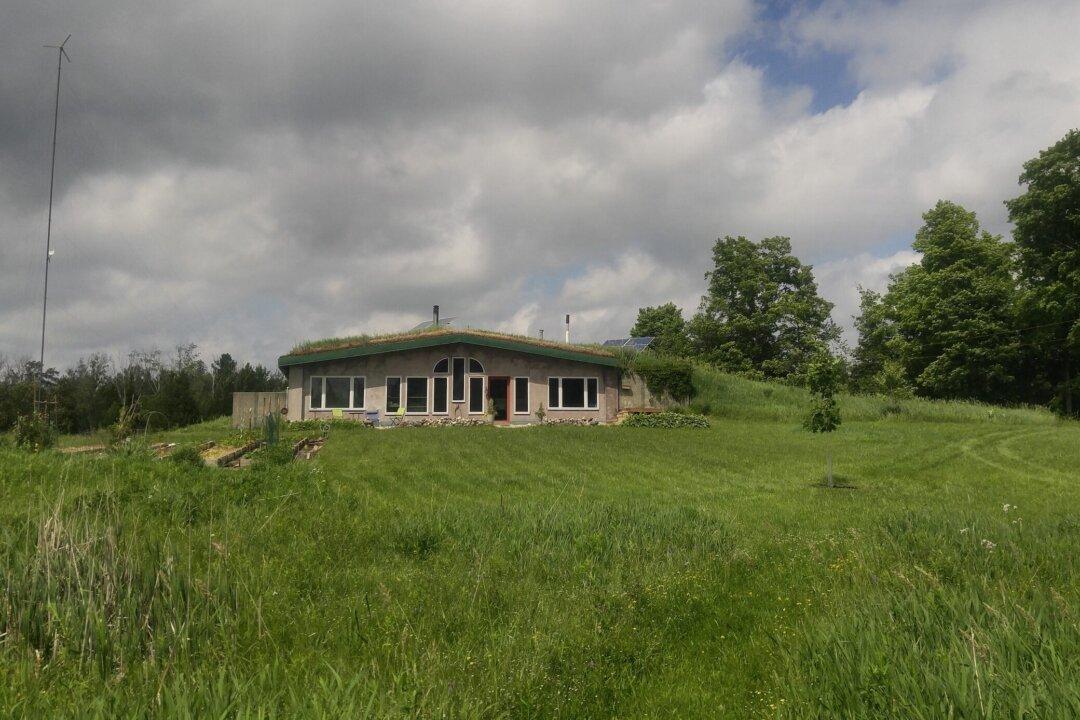When the Great Ice Storm of 1998 hit, it left millions without power for days, weeks, or even months. The crisis affected northern New York and Maine in the United States, and Eastern Ontario, Southern Quebec, Nova Scotia, and New Brunswick in Canada. Canadian cities Ottawa and Montreal completely shut down, and the storm caused the largest deployment of the Canadian military since the Korean War.
At the time of the storm, Yves and Velvet Rollin were living in Guelph, Ontario. They were not directly affected, but they quickly realized just how helpless they would have been had their power been cut for any length of time. Although they had a wood stove in their home, it was inaccessible in a basement rental apartment.





